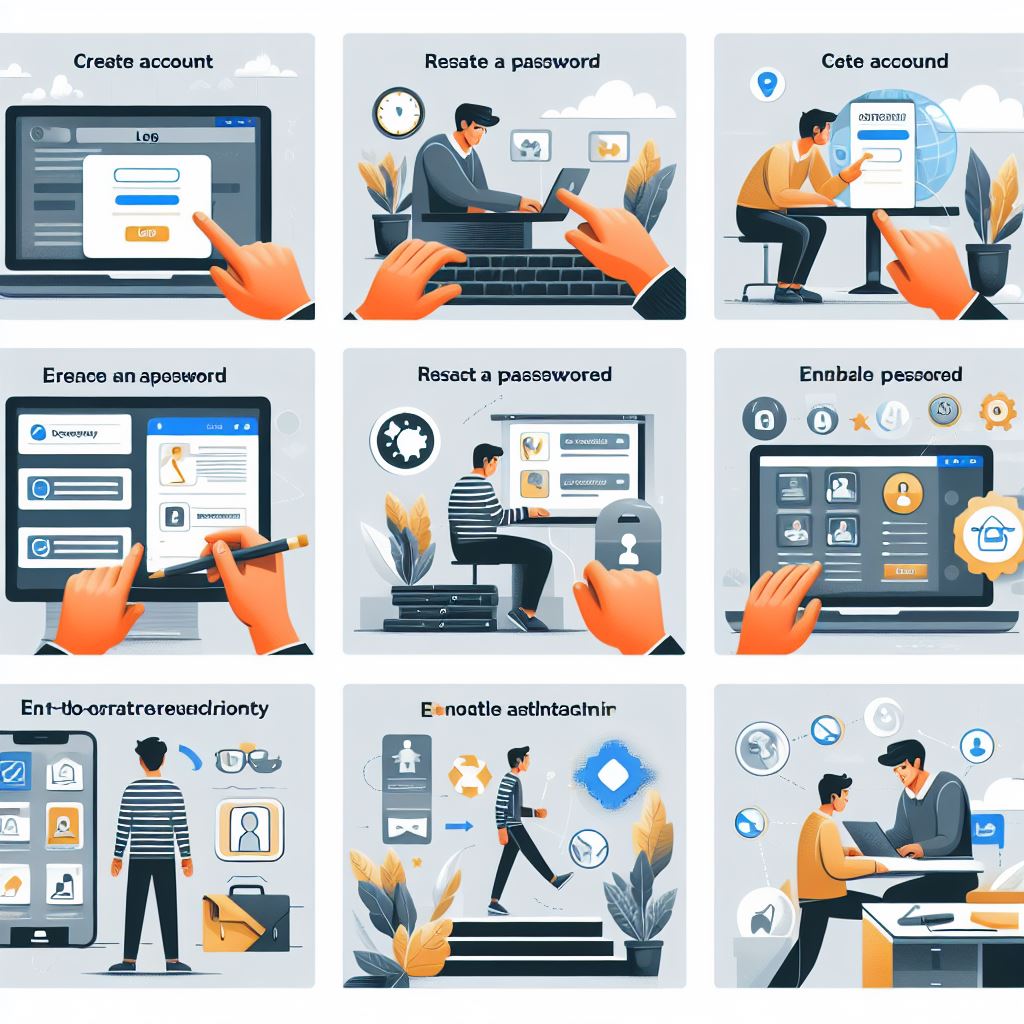Malware is a broad catch-all for malicious software that harms computers, mobile devices, and other electronic equipment. Whether to make money, steal personal information, take over core computer functions, or spy on you and your device, each type of malware serves its unique purpose.
Signs of infection may include reduced device performance, internet browser homepage changes, or a sudden influx of pop-up ads.
Viruses
Computer viruses are a specific type of malware that copies itself from one file or program to another and, in some cases, other devices on the same network. They give cybercriminals control over infected devices by displaying pop-ups, changing search engine results, redirecting websites, or changing system settings. Viruses are often hidden inside programs people download from the internet or apps they get through text messages, social media, or email.
Viruses can be icosahedral or helical in shape and have various structural proteins depending on their design and function. Most viruses infect people through unprotected email attachments, downloaded files, file-sharing programs, social media sites, or unsecured Bluetooth connections.
What is malware in computer? Malware is any software created with malicious intent that is used to harm a device, computer system, server, or network. Viruses, ransomware, Trojan horses, spyware, and adware are examples of malware. The malicious intent behind malware can range from stealing information to disrupting or damaging systems and networks. It can also include threats such as zero-day exploits that exploit bugs or vulnerabilities for which a security patch has yet to be released.
Worms
Worms are standalone malware programs that replicate themselves and spread to other devices and computers without the assistance of a host program or human action. They don’t typically carry a malicious payload like viruses but rather eat up system resources and cause other disruptions.
They work by finding interoperable systems within a network and then infecting them. They exploit vulnerabilities in the operating system to gain access and then spread undetected. Once inside, worms can install backdoors to allow hackers to steal sensitive data or execute other actions.
Unlike viruses, which usually require user interaction, worms can be difficult to detect and remove. Look for slow computer performance, unusual file changes or missing files, and erratic system behavior.
Worms can be prevented by keeping operating systems and software up to date with vendor-issued patches, avoiding opening unsolicited email attachments, choosing secure passwords, using strong encryption on stored data, and practicing other effective cybersecurity practices. Using a comprehensive security solution that includes antivirus, firewalls, and other technical measures is also helpful. However, the best defense against worms is a proactive approach, including preventative maintenance and continuous monitoring.
Trojans
A Trojan is a type of malware that takes advantage of social engineering. Like the hollow wooden horse in Greek mythology that the Greeks hid inside and brought into their walled city, hackers use deception to trick unsuspecting victims into running malicious programs on their computers or smartphones.
They’re disguised as legitimate software, such as applications that convert PDFs into documents, unzip files, find product discounts, display caller ID on a phone, or allow users to chat with friends via their social media platforms. These programs often act as backdoors for cyber criminals and download additional malware onto an infected device.
Unlike viruses and worms, Trojans don’t replicate themselves. They rely on other methods to spread, such as USB drives, popular collaboration tools, or drive-by downloads that automatically install malicious programs without the user’s knowledge.
Luckily, some steps can help protect your devices from Trojans and other forms of malware. Keep your operating system’s software up to date, and never click attachments or links in emails you’re not expecting. Instead, get your apps from official sources.
Rootkits
Rootkits are malware tools that allow hackers to steal passwords and login information, eavesdrop, change system configurations, create permanent backdoors, and turn off antivirus programs. They are particularly dangerous because they hide on a device and remain undetected even after antimalware software runs a scan.
Hackers can force a rootkit onto a device through unpatched operating systems or software program weaknesses. They can also be bundled with other files, such as infected PDFs, pirated media, and apps obtained from suspicious third-party stores. Often, these attacks happen through phishing or other types of social engineering attacks.
Attackers using rootkits are typically APT groups aiming for data acquisition and cyber espionage. They can gain access to personal information like names, addresses, and dates of birth, leading to identity theft or fraud, as well as confidential corporate data, including financial records, trade secrets, and internal emails.
Ransomware
Ransomware is malware that encrypts files or locks the victim out of their system until a ransom payment is made. Attackers can be individuals, small to medium-sized businesses (SMBs), or even large enterprises and public institutions. Ransomware attacks can cause tremendous damage, including the shutdown of critical systems and the loss of valuable data. These attacks can also lead to direct financial loss from ransom payments, plus reputational and business impact.
Ransomware can be delivered via phishing emails with trustworthy attachments or through “drive-by” downloads that occur without the user’s knowledge. It can also be spread through chat messages or removable Universal Serial Bus (USB) drives.
The best way to defend against ransomware is to regularly back up your files and devices to a separate location. This helps you avoid paying a ransom or suffering months of downtime while your files are being decrypted.



